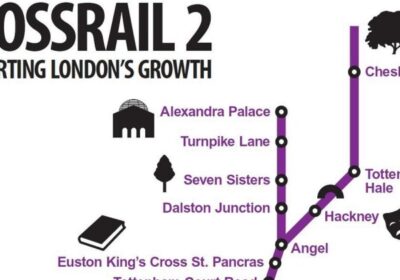The Levelling Up White Paper is starting to sink in and for many it is still perceived to be an empty campaign slogan. However, if implemented smartly and interwoven with planning and local government reform this new agenda could over time make a material difference.
For a moment let’s conceptualise the country’s built environment issues into two broad geographies. There is geography where there is a need for market renewal and geography where there is market failure.
Up until now, the focus in Whitehall has been putting resources into the latter, areas of market failure i.e. areas where the housing market should function because there are relatively high values but supply is unable to come forward due to planning constraints. This creates a squeeze on affordability.
In areas of market renewal, the challenge is more acute. The market is not able to function in these places at scale due to deprivation (I use that term as a catch all and its nature will of course vary). Affordability is still a challenge here. The distinction is the local market cannot create cross subsidy to deliver the new homes and the affordability without some form of embedded value existing first.
Up until now, Governments have tended to put resources into areas of market failure at the expense of areas in need of market renewal. However, Levelling Up changes priorities. This is evident in the scrapping of the ‘80/20 rule’ of funding directed at ‘maximum affordability areas’. It means that areas benefiting from relatively higher embedded values but are laggards on housing starts will no longer get what the Government perceives as generous subsidy. They will need to become more reliant on the housing market to tackle their own affordability issues. The public purse is only finite and a lot of Levelling Up is about public investment in areas where private sector investment is limited or non-existent.
There’s quite a good example illustrating the change of tack that Levelling Up may take in the Times yesterday. See: Ian King: Northern towns are already doing their level best to regenerate | Business | The Times. The example of Prescot in Knowsley is offered where there is a chunky investment going into the built environment. This could help kick start the private sector which at the moment may struggle to offer new housing. Whilst money flows into places like Knowsley, market failure areas will have to find smarter ways to harness resources.
To fix this new imbalance planning reform can assist. Areas of market failure have too often focused on big sites for housing supply and the lack of proportionality in the planning system means smaller opportunities have been snuffed out.
By easing planning constraints around small urban sites whilst channelling the market’s energy into delivering affordability, you allow the market to step in whilst taking the pressure off the public purse. This is timely just when the focus is being moved elsewhere. There’s roughly a third of the country where this can apply, and this is the third which has most to lose from Levelling Up if no other reforms come forward.










